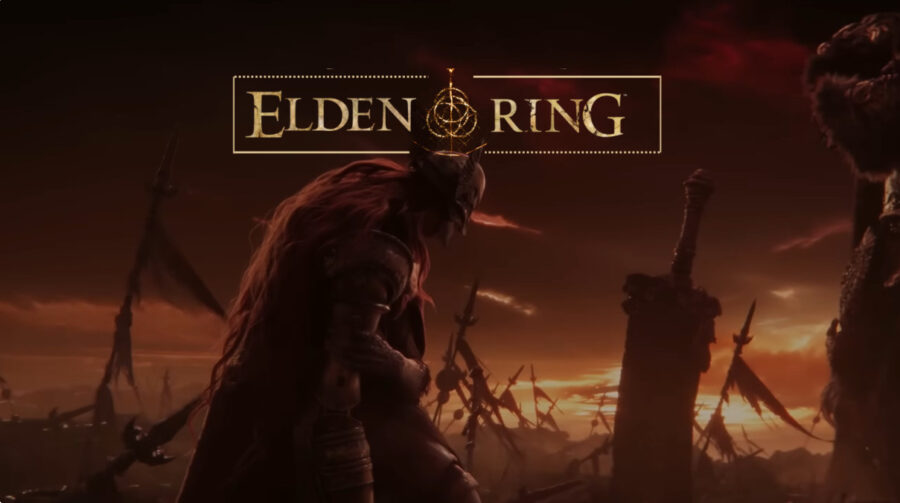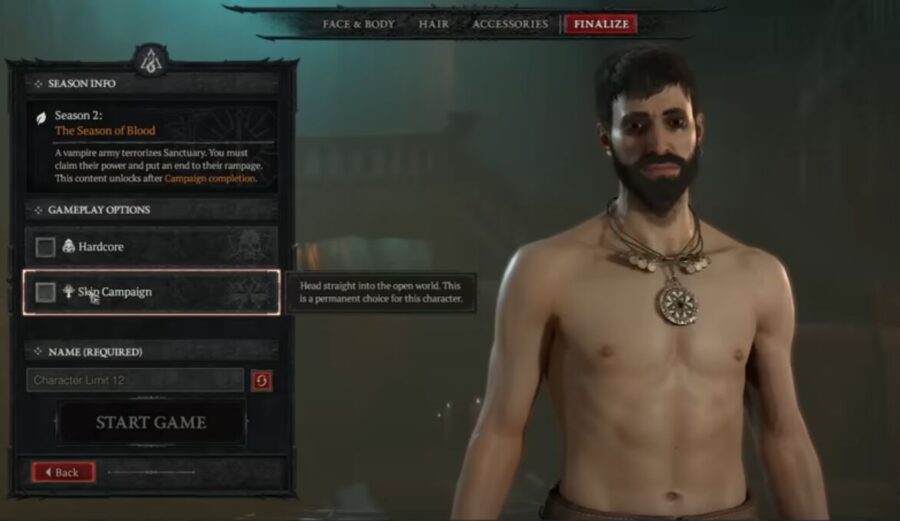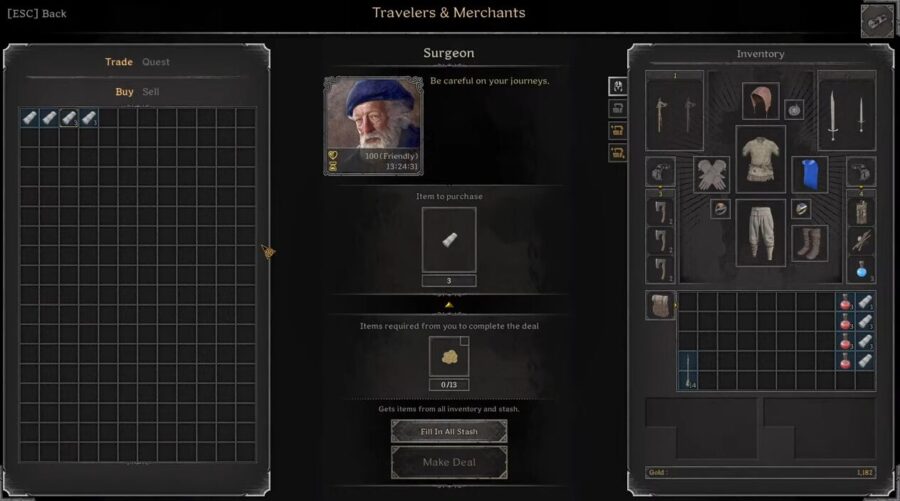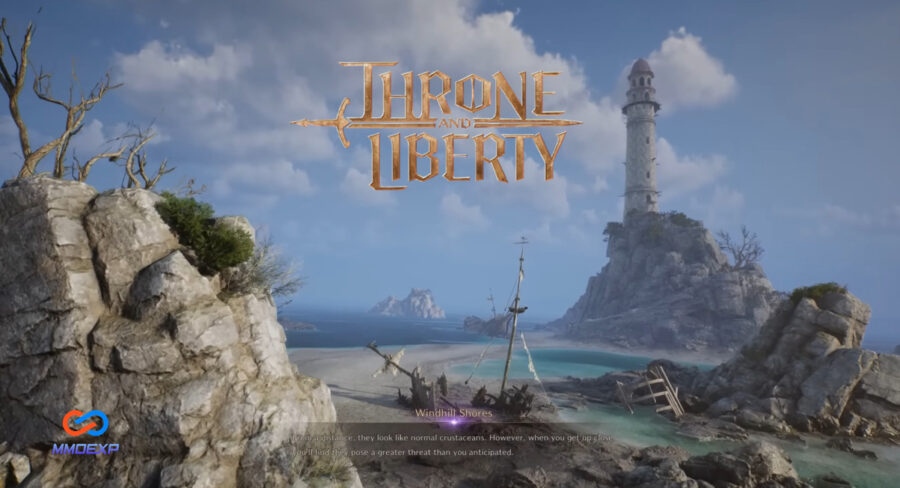Hello fellow gamers, MMOexp here! Today, we embark on a journey through the mystical realm of the Elden Ring to explore five of the most formidable Arcane weapons that promise to leave a lasting impression on your adventures. As we delve into this new series, we’ll uncover the unique attributes and skills that make each weapon a standout choice for your arsenal.
- Morgott’s Cursed Sword
Our first contender is Morgott’s Cursed Sword, a curved greatsword that deals physical damage with a passive blood loss build-up. With D scaling in Strength and Arcane and B scaling in Dexterity when fully upgraded, this weapon offers a versatile playstyle. The Ash of War, a swift dash followed by a blood flame explosion, not only damages enemies but also inflicts blood loss, easily staggering foes. Utilizing items like the white Mask helm and Lord of Blood’s Exultation talisman enhances its attack power when blood loss is present, making it a force to be reckoned with.
To obtain Morgott’s Cursed Sword, defeat Morgott the Omen King and trade his Remembrance with Enia at the Roundtable Hold.
- Eleonora’s Poleblade
Next up is Eleonora’s Poleblade, a twinblade with innate Bloodloss build-up benefiting from Arcane scaling. Its unique R2 moveset allows for multiple successive attacks, with the option to charge up for increased damage. The flashy Ash of War, a forward leap and spin, deals with quick successive attacks, causing fast blood loss build-up. Synergizing with items like Millicent’s Prosthesis and Rotten Winged Sword Insignia, this weapon becomes a stylish and powerful choice for those who master its moves.
To obtain Eleonora’s Poleblade, defeat Eleonora, the Violet Bloody Finger NPC, at the Second Church of Marika.
- Rivers of Blood
The Rivers of Blood, a Katana-type weapon, is our third pick. Dealing both Physical and Fire damage, it showcases better scaling with Arcane than Dexterity. The Corpse Piler Ash of War, a set of fast frontal cone slashes, causes massive blood loss build-up and damage. With its excellent range, this weapon stands out as a powerful Arcane choice, making it a top contender for any Arcane build.
To obtain Rivers of Blood, defeat Bloody Finger Okina near the Church of Repose.
- Marais Executioner’s Sword
The Marais Executioner’s Sword combines split Physical and Magic damage, primarily scaling with Strength. Its Ash of War, Eochaid’s Dancing Blade, is a potent single-target damage dealer with a corkscrew motion that continuously deals damage. This weapon synergizes well with items like Thorny Cracked Tear, allowing you to achieve unparalleled levels of damage.
To obtain Marais Executioner’s Sword, defeat Elemer of the Briar at The Shaded Castle.
- Mohgwyn’s Sacred Spear
Our final entry is Mohgwyn’s Sacred Spear, a Great Spear-type weapon with a passive blood loss build-up. Dealing Physical and Fire damage, it boasts an incredible Ash of War, Bloodboon Ritual, offering one of the best AoE damage outputs in Elden Ring. Strengthened by items like Flame Grant me Strength and Flame Shrouding Cracked Tear, this weapon is a powerhouse for Strength and Arcane builds.
To obtain Mohgwyn’s Sacred Spear, trade Remembrance of the Blood Lord with Enia at Roundtable Hold.
In conclusion, these five Arcane weapons in Elden Ring showcase the diverse and thrilling possibilities for players seeking unique and powerful choices for their adventures. Whether you prefer swift and flashy moves or a more strategic approach, each weapon on this list brings its distinct flavor to the game. Experiment with these weapons, combine them with the recommended items and embark on a journey that leaves a mark in the mystical world of Elden Ring.
If you’ve enjoyed this content, Keep up to date with MMOexp site for more Elden Ring build guides! And also can buy Elden Ring Runes here!





